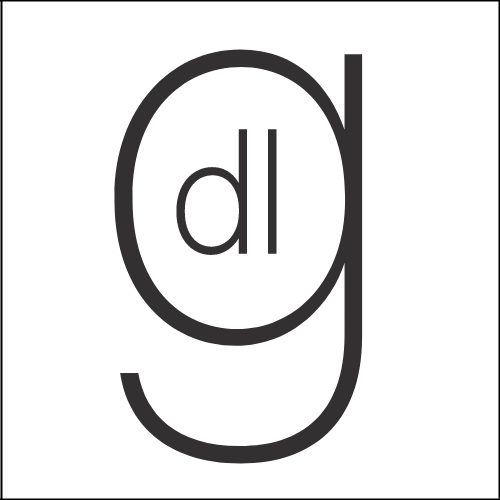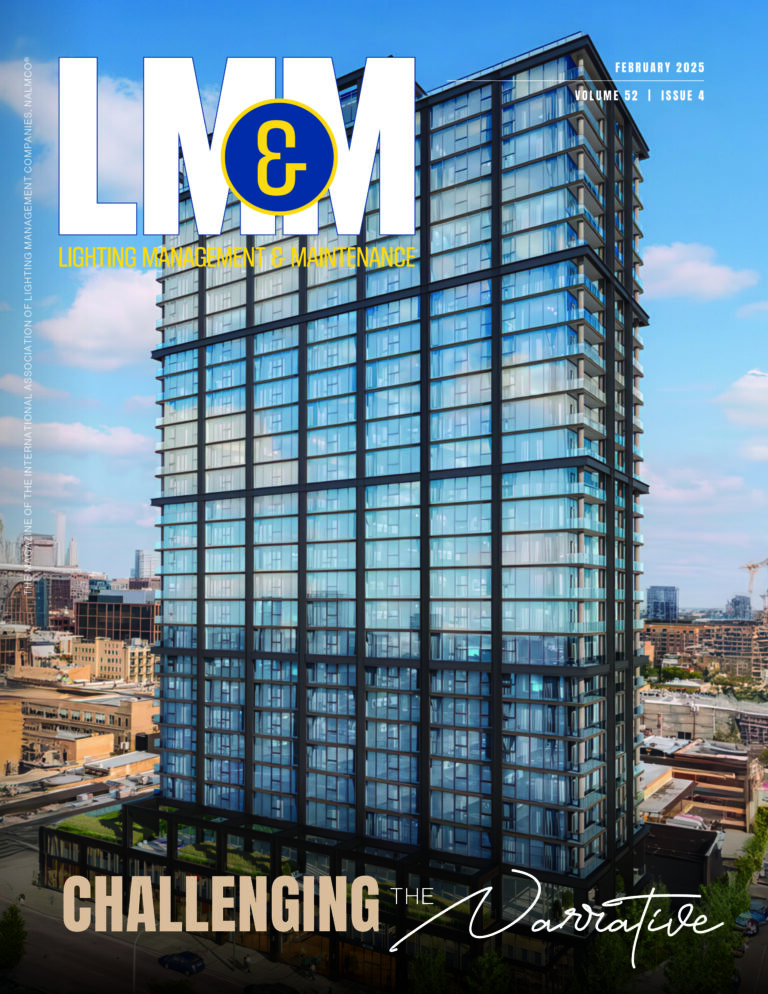1. CIE 253:2024 – Overview of Methods for Evaluating Colour Rendition of White-Light Sources beyond Colour Fidelity: This comprehensive technical report reviews seven advanced methods for characterizing white-light sources, offering insights into color rendition that go beyond traditional fidelity metrics.
2. ISO/CIE 10916:2024 – Energy Performance of Lighting in Buildings — Calculation of the Impact of Daylight Utilization: This updated international standard provides methodologies for analyzing the impact of daylight on energy demand in non-residential buildings, supporting energy optimization and sustainable design.
Both publications are invaluable resources for advancing knowledge in lighting quality, energy efficiency, and innovation. Learn more on each publication with the corresponding press releases below.
Overview of Methods for Evaluating Colour Rendition of White-Light Sources beyond Colour Fidelity
Technical Report CIE 253:2024 includes an overview of seven methods to characterize specific colour rendition characteristics of white-light sources beyond colour fidelity. Methods to characterize colour fidelity are described in CIE 13.3-1995 “Method of measuring and specifying Colour Rendering Properties of light sources” and CIE 224:2017 “CIE 2017 Colour Fidelity Index for accurate scientific use”.
The seven described methods are:
- Colour Quality Scale (CQS),
- Colour Rendering Index (CRI)-based Colour Rendition Properties (CRI-CRP),
- Colour Rendering Vectors and Colour Saturation Icon (CRV and CSI),
- Feeling of Contrast Index (FCI),
- IES TM-30 Method,
- Memory Colour Rendition Index (MCRI),
- Preference Index of Japanese Skin Colour (PS).
This Technical Report neither ranks the methods nor recommends a specific method for the purpose of rating the adequacy of a white-light source for particular applications. The adequacy of a white-light source is likely to depend on the goal to be reached within a specific application field. The described methods are not intended to replace the general colour rendering index, Ra, or the general colour fidelity index, Rf, but they can be used to obtain a more complete description of the colour rendition characteristics of white-light sources, beyond colour fidelity.
The document is written in English, with a short summary in French and German. It consists of 53 pages with 13 figures and 4 tables and is readily available from the CIE Webshop or from the National Committees of the CIE.
The price of this publication is EUR 120,- (Members of a National Committee of the CIE receive a 66,7 % discount on this price – please approach your NC for information on accessing this discount).
Light and lighting — Energy performance of lighting in buildings — Calculation of the impact of daylight utilization
This International Standard was prepared by Technical Committee ISO/TC 274, Light and lighting, in collaboration with the International Commission on Illumination (CIE).
This first edition of ISO/CIE 10916 cancels and replaces ISO 10916:2014, which has been technically revised.
This International Standard is part of a set of standards which allows users to rate the overall energetic performance of buildings. Facades and rooflights have a key impact on the building’s energy balance. This document supports daylighting and lighting-energy-related analysis and optimization of facade and rooflight systems.
This International Standard defines the calculation methodology for determining the monthly and annual amount of usable daylight penetrating non-residential buildings through vertical facades and rooflights and the impact thereof on the energy demand for electric lighting. It is applicable for existing buildings and the design of new and renovated buildings. It also provides the overall lighting energy balance equation relating the installed power density of the electric lighting system with daylight supply and lighting controls (proof calculation method).
For estimating the daylight supply and rating daylight-dependent electric lighting control systems, a simple table-based calculation approach is provided. The simple method describes the division of a building into zones as required for daylight illumination-engineering purposes, as well as considerations on the way in which daylight supplied by vertical facade systems and rooflights is utilized and how daylight-dependent lighting control systems affect energy demand. Dynamic vertical facades with optional shading and light redirection properties are considered, i.e. allowing a separate optimization of facade solutions under direct insolation and under diffuse skies. For rooflighting systems, standard, static solutions like shed rooflights and continuous rooflights are considered. The method is applicable for different latitudes and climates. For standard building zones (utilizations), operation times are provided.
For detailed analysis, an approach to calculate the effect of daylight on the lighting energy demand on an hourly or sub-hourly basis is provided in this International Standard. Relevant quantities are modelled explicitly and are then interacting directly with sensors, actuators and functional elements of the building automation and control system (BACS) or are triggering user interaction.
To support overall building performance assessment, additional daylight performance indicators on the overall building level are provided in this International Standard.
The publication is written in English. It consists of 97 pages with 51 figures and 37 tables, and it is readily available from the CIE Webshop or from the National Committees of the CIE.
The price of this publication is EUR 234, – (Members of the National Committees of the CIE receive a 66,7 % discount on this price).




